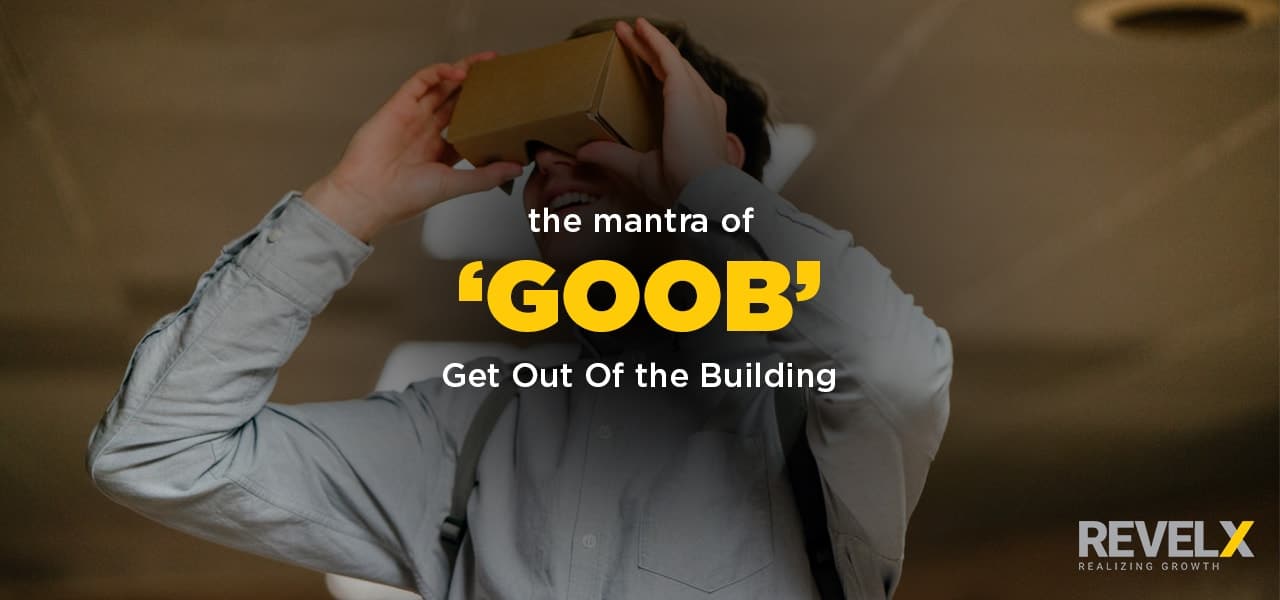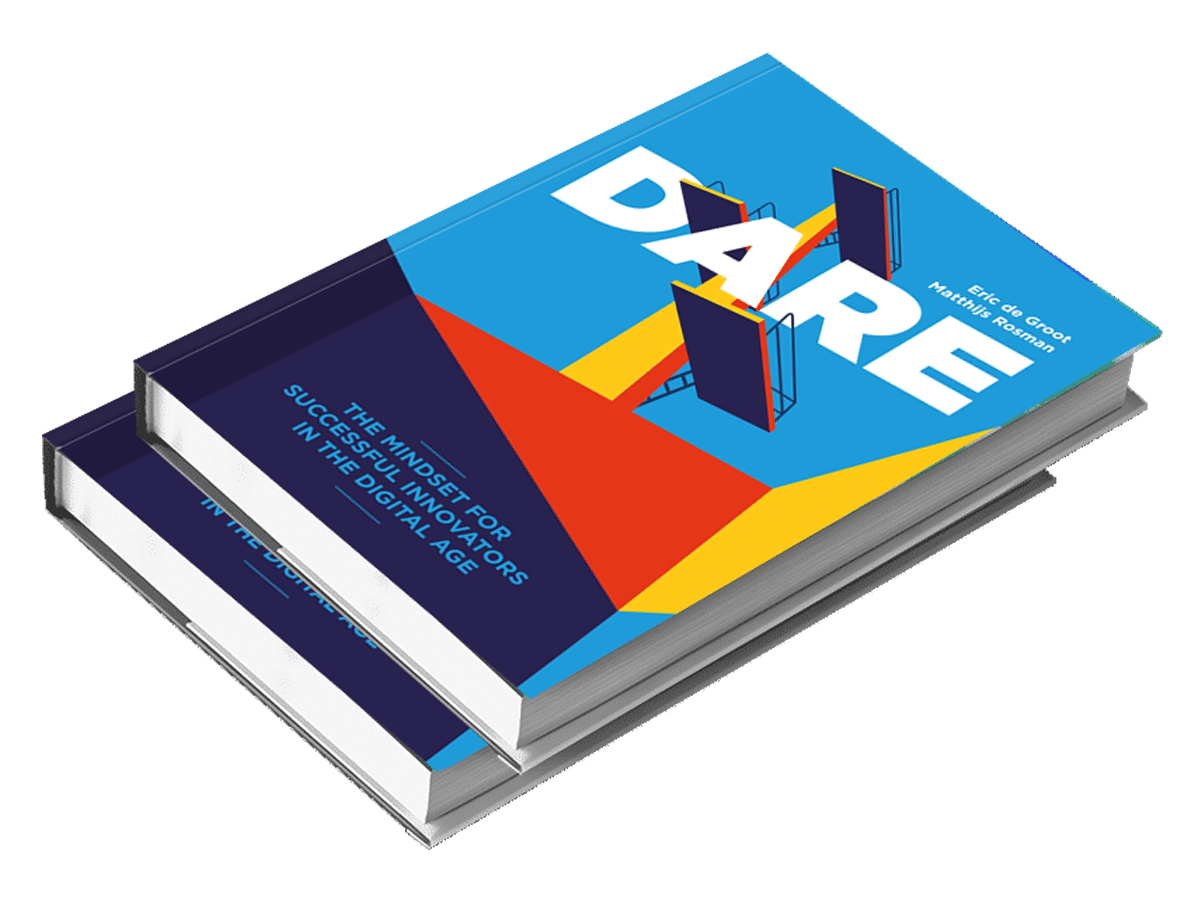Did you get a chance to read our posts about how to develop and foster defiant and adventurous talent in your organization? Now you should focus on ‘realism’ to balance the scales. If defiance and adventure represent one side of the scale, where free thinking and endless creativity reign, realism is the crossover to the here and now. Ultimately, innovative growth comes from evidence-based entrepreneurship. When the dust settles, there has to be a method to the madness.
Driving innovative growth with data
The adventurer immerses himself in experiments while the realist looks for good, clean data to drive innovative growth. This data is bound to sprout from the experimental phase. Thus, the realist has a great interest in how these experiments are set up and conducted. This is where things get interesting. Obviously, the adventurer wants to see his new endeavors succeed and is looking for any shred of positive reinforcement. Especially in corporate environments, driving innovative growth requires a lot of convincing. In the past, we used to rule by business cases. The adventurer, however, would say that a business case is for non-believers. The realist – often in a functional controlling role – wouldn’t accept anything less than an impressive spreadsheet complete with intricate sensitivity analyses. In practice, neither of them was right.
The good news is that we don’t design products and services by committee anymore. Right? The mantra of ‘GOOB’ – Get Out Of the Building – has been firmly ingrained in the innovator’s mind. We seek early feedback from users and other stakeholders to guide us in our innovation journey. But we also have to be careful not to overestimate our ability to gather useful data. Many innovators fit into the category of insecure overachievers. They think that just by talking about our products and services we get data.

Collecting reliable information
The truth is, many people are looking for compliments. We simply hate to be proven wrong and get discouraged when someone doesn’t fall head over heels in love with our ideas. The love-struck innovator risks accepting false positives and builds his business on a state of bliss. Compliments are bad data. We have to learn to actively ignore compliments. The only way to do this is to remove ourselves – and our ego – from the equation. If you want to learn how, check Rob Fitzpatrick’s The Mom Test, a deceptively simple method of getting dependable customer feedback.
Getting it right is so darn difficult. When you look at the track record of venture capital firms – people whose sheer existence depends on making the right investment choices – you see the evidence. VCs are wrong 80 or 90% of the time. There are many variables involved in making the right choices. In fact, that sheer amount of failure has become the VC norm, resulting in countless relatively small stakes, that might finally end up with one jackpot winner.
Gut feel vs cold hard facts
Realism is required to get the right balance between gut feel and cold, hard facts. Organizations that lack an effective experimentation capacity often suffer from two symptoms in their quest for decision making: the ‘hippo syndrome’ and or ‘analysis paralysis.’ The hippo syndrome is an acronym for ‘highest paid person’s opinion.’ It basically refers to the powerplay exerted by C-level executives who just want things their way. ‘Analysis paralysis’ describes a state of paralysis caused by over-analyzing and over-thinking situations. The net result is that innovative growth will not happen. We are basically waiting for the perfect solution to come out of the woodwork.
There are many startup sayings in vogue, but the one most relevant to this topic is ‘done is better than perfect.’ This might be a tough pill to swallow in a corporate setting. We often deal with carefully built-up reputations and the consequences of failure are high. But unless you are in the business of curing life-threatening diseases or building nuclear power plants, the stakes are often not as high as imagined from the inside. Customers are most of the time very understanding of – even attracted to – businesses that launch new products and services early, to get into a process of ‘learn and confirm.’ Just think about all of the beta programs companies like Microsoft, Google, Apple and Sonos are running. If you can get customers to spend time, money and their own reputation on your early product, you are likely to get quality data.
Another aspect of realism that is key for innovative growth, is the pivot. There are very few products, services and even businesses that have remained unchanged since their inception. When growth hypotheses are falsified a pivot of some kind is imminent. We will go into more detail in later posts, discussing the various pivots and difficulty in making these hard choices.
Enabling innovative growth with the right metrics
Ultimately, in order for innovative growth to bear fruit in the organization, the rules of the game need to be clear. There needs to be a shared set of checks and balances to accelerate growth. So many times, we have encountered CEOs dealing with this the wrong way. With all good intentions they never cease to ask for the wrong metrics in the wrong phase of innovative ventures. We call this the deadly ROI question. The question that kills all new great ideas. Just because it is the wrong question to ask at an early stage of new, uncertain and risky ventures. Instead we should get the right metrics in place. Metrics that matter. That stimulate growth and common understanding throughout the organization.
We will touch upon setting the right expectation and adopting the right metric in a future post. For now, let’s finish the mindset first with Endurance in the last blog of the DARE series. Catch you back here next week!

Introducing DARE: The Mindset for Successful Innovators in The Digital Age
Learn how successful innovators and business leaders realize growth with DARE – now Amazon’s #1 best-selling title!
Eric de Groot
Boardroom strategist with unparalleled creative brainpower. Always focused on growth. Creates speed by combining business modeling with inventive pragmatic solutions. Invests in involvement over a sustained period.
Related posts
How to Prevent Innovation Theatre
Learn how real innovation drives success and avoid the…
June 21, 2024
Corporate Innovation: A Catalyst for Success
In the dynamic and competitive business landscape,…
June 7, 2024
Stepping Through Your Stage Gates Like a Pro
Stages, stage gates and making stage gate decisions. This…
March 8, 2023


